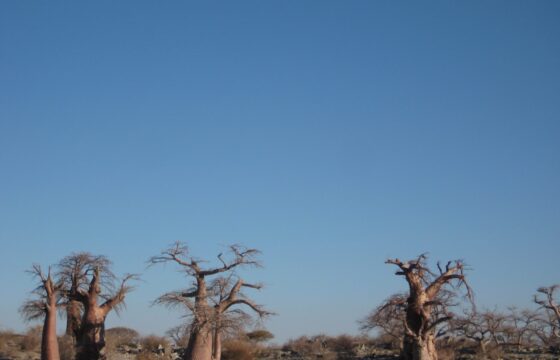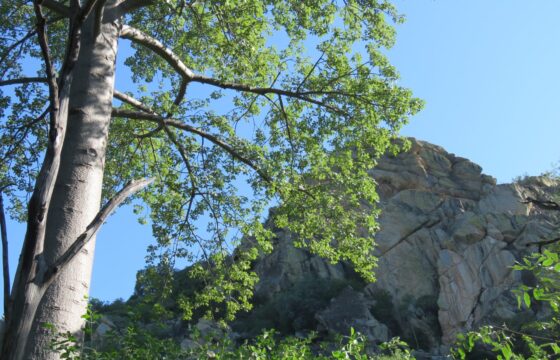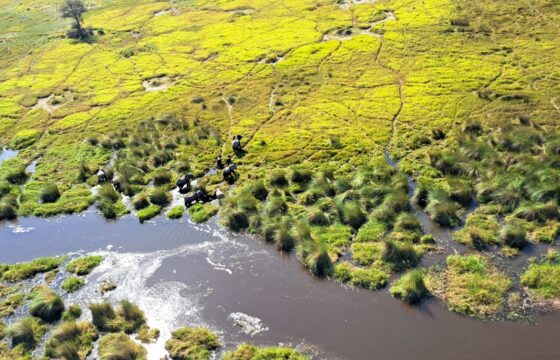An Oasis in the Salt Flats?
Makgadikgadi Pans.
The name may trip you up, making it a bit hard to remember, but think of it as “Botswana’s Salt Pans!” for a clearer image.
While it conjures images of a salt lake, it was actually a salt lake over 10,000 years ago. Nowadays, while water may collect on the surface during the rainy season, it’s not a lake anymore. Therefore, it is more accurately described as a salt flat or salt pans.
During the dry season (around June to October), the surface dries up, leaving behind sand rich in salt content, causing the vast expanse to shine brilliantly white as the sun reflects off it.
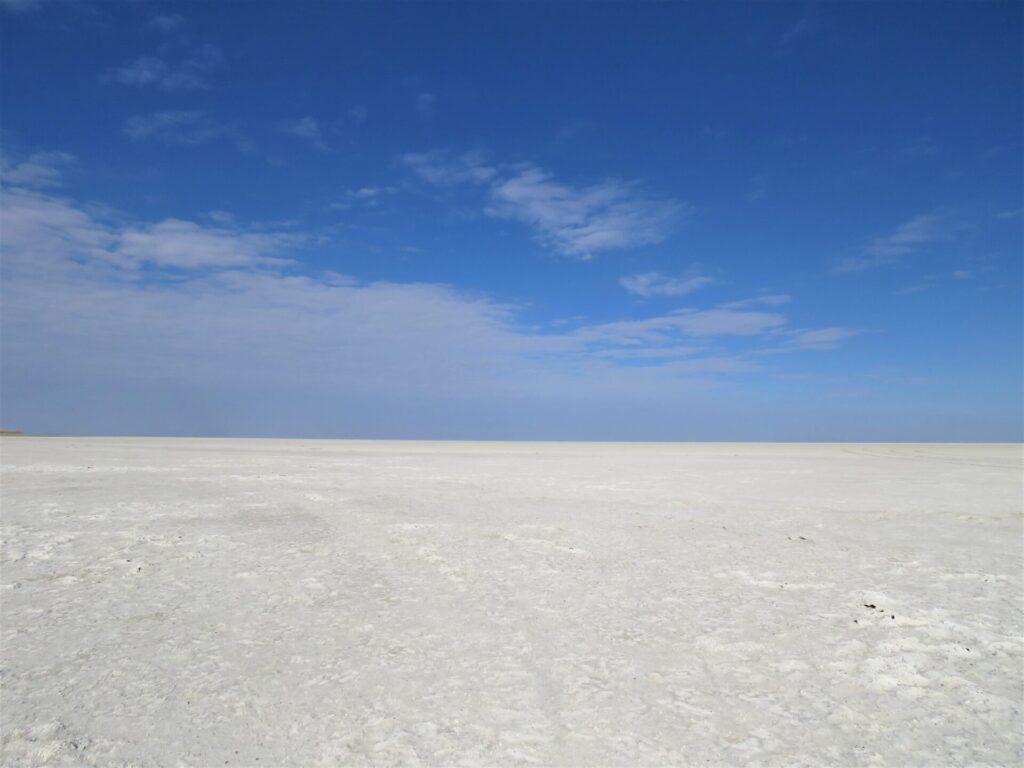
While the surface is dry, you can race across this expanse by car or on foot. Makgadikgadi Pan comprises two major pans, Nxai Pan and Sua Pan, along with various smaller pans. It covers roughly 16,000 square kilometers, making it one of the largest salt flats in the world.
Makgadikgadi Game Reserve
Now, there’s also the Makgadikgadi Game Reserve, which some might confuse with Makgadikgadi Pan. This reserve lies to the west of the pan. Given its status as a game reserve, you might imagine it’s not just a vast white expanse but likely has some grassland. Particularly along the Boteti River, lush greenery stretches out.
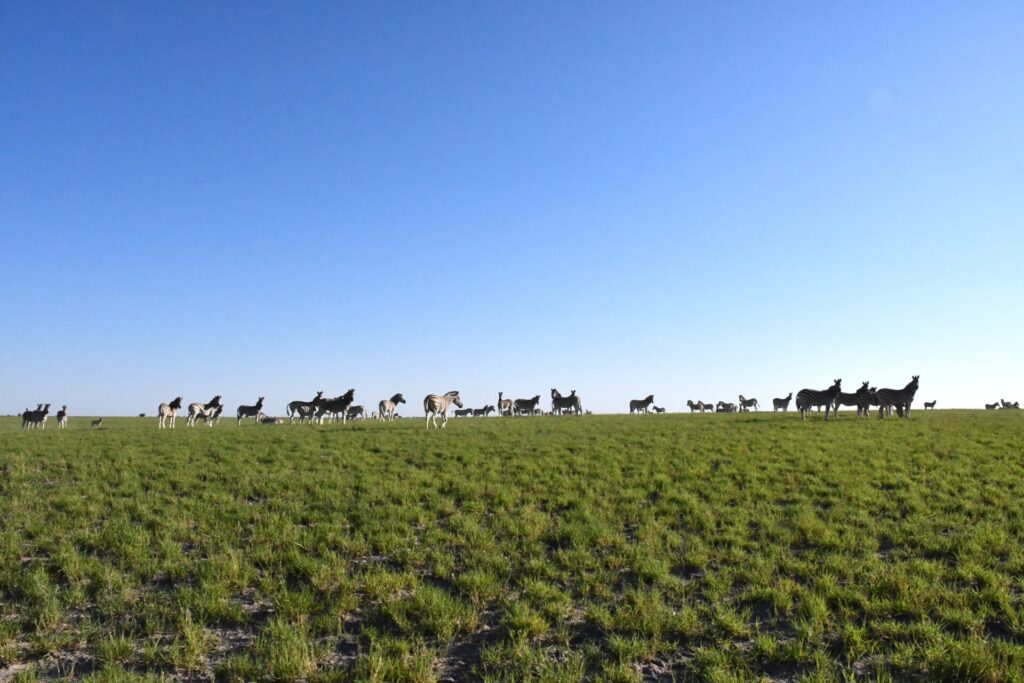
Animals like zebras, elephants, and wildebeests, who dwell further north, around the Okavango Delta, catch the scent of rain during the wet season (around November to May). They migrate south for breeding, spending their summers in and around this reserve.
If you visit around this time, you might catch them lively, relishing the fresh grass and abundant water. Even within Makgadikgadi, traveling between these areas can take some time. So, it’s wise to first narrow down what you want to experience and see, then carefully plan your itinerary and budget.

